By Melissa Arnold
From its bustling theater scene to scores of local artists, photographers and writers, Long Island has always been a hot spot for creative types. Book reviews and interviews with local authors are a regular part of our Arts & Lifestyles coverage, and many of the Island’s libraries are proud to offer a collection of stories written by people from the area.
At the Port Jefferson Free Library, the annual Local Author Fair allows writers of all genres to meet readers, share their work and even make some new friends. This year’s fair, held Saturday, Oct. 5, will welcome more than 20 authors for an afternoon of reading and conversation.
Now in its 5th year, the fair began as a response to the large number of local writers approaching the library looking to publicize their books.
“The library hosted author panels in the past for writers to talk about the writing and publication process together,” explained Salvatore Filosa, marketing and outreach librarian at the Port Jefferson Free Library. “We’re constantly given books to add to our collection of local authors. In fact, area writers approached the library so frequently we thought it would be a good idea to have an event where people not only come to see an author they know, but to meet other authors whose work they might not be familiar with.”
Each author that appears at the fair has their own dedicated space to promote and sell their work. While book signings may leave an author rushing to get to each person on line, the fair provides ample opportunity for authors to take questions, chat and browse other tables.
This year’s keynote speaker, Erika Swyler, is a native Long Islander whose nationally best-selling work has earned acclaim from Buzzfeed to the New York Times.
“I try not to get myself tied down to one particular genre,” said Swyler, author of The Book of Speculation. “I’m a very curious person and I’m interested in a lot of different things.”
Swyler’s writing career blossomed from her time in acting school, where she emerged as a playwright. It was a natural progression, said the author, who yearned for the chance to dig deeper into a character’s thoughts and feelings. Two novels later, she credits her success to dogged perseverance and a thick skin when it comes to rejection.
At the fair, Swyler will discuss her writing process and read an excerpt from her newest release, Light From Other Stars, which blends sci-fi with literary fiction and shades of horror in a coming-of-age tale.
“Long Island has its own unique and powerful culture that sets it apart. I love meeting other people in the area who are pursuing creativity,” Swyler said. “Living a creative life is difficult, and it’s important to develop a sense of community to remember that we’re all in this together.”
Stephanie Kepke of Plainview has been a part of the fair since its second year and enjoys returning annually to make new connections.
“I love this event because it’s a great way to meet readers, and it’s always wonderful to get to hear from wonderful keynote speakers as well,” she said. “I find that often people will come to meet a specific author and then discover others in the process.”
Kepke was an English major before beginning a lengthy career in journalism and public relations. She dabbled in fiction all the while and began sharing stories with the world in 2015. Her work, which she describes as “women’s fiction with heart, humor and a dash of spice,” includes two novellas — A New Life and You and Me — and a novel titled Goddess of Suburbia.
“I’m so grateful to get my words out into the world, and it means so much when people come up and talk about how much our work has impacted them. The fair is an unparalleled way to come out and really talk to authors. We all want to meet everyone who comes to see us, and for me it doesn’t even matter if you buy my books. It’s about making connections,” she said.
In addition to the keynote from Swyler, a few of the authors will also have the chance to give 5-minute “lightning talks.” Visitors should be sure to visit as many tables as possible, collecting signatures from authors as they go. The more signatures you get, the more chances you’ll have to enter the day’s raffle. Winners will receive a bag of Port Jefferson Free Library merchandise and a signed copy of Swyler’s latest book.
“It’s very easy today for people to search for a book online and buy it, but getting to read something written by a local author who you get to meet and talk to gives you the chance to make a more personal investment in their work,” Filosa said. “It’s always a joy to watch people discover new authors and new books from this event.”
Participating authors:
Erika Swyler
Mindy Kronenberg
L L Cartin
Ralph Brady
Joseph E. Vitolo
Lorraine Stacy
Mike Virgintino
Liz Macchio
Celeste Williams
Lisa Scuderi-Burkimsher
Stephanie Kepke
Larry McCoy
Peter Busacca
Marilyn London
Oswaldo Jimenez
Erick Alayon
Jack Batcher
TRACI Wendler
Marianne Schwartz
Roland Allnach
Catherine Asaro
Sponsored by the Friends of the Port Jefferson Free Library, the 5th annual Local Author Fair will be held on Saturday, Oct. 5 from 2 to 4 p.m. at the Port Jefferson Free Library, 100 Thompson St., Port Jefferson. Admission is free. For further information, call 631-473-0022.


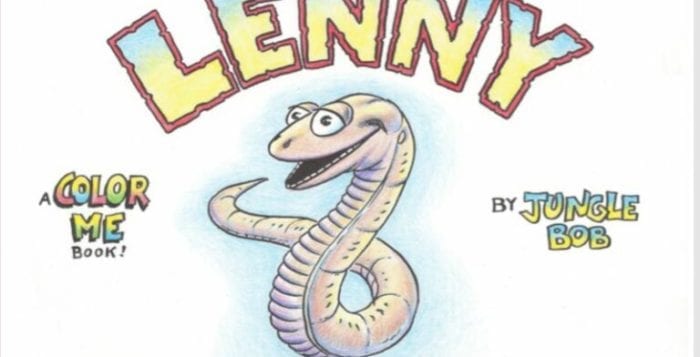
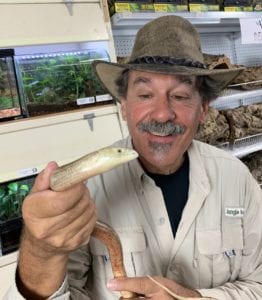
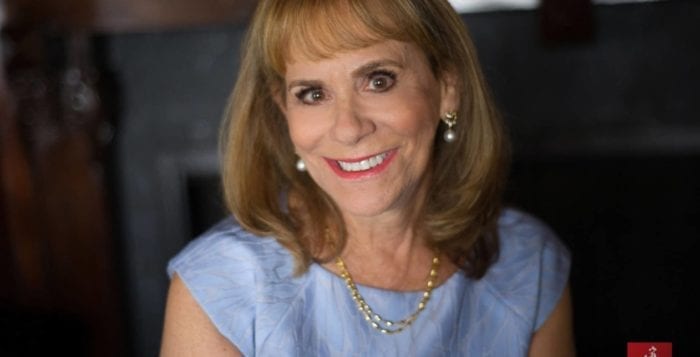
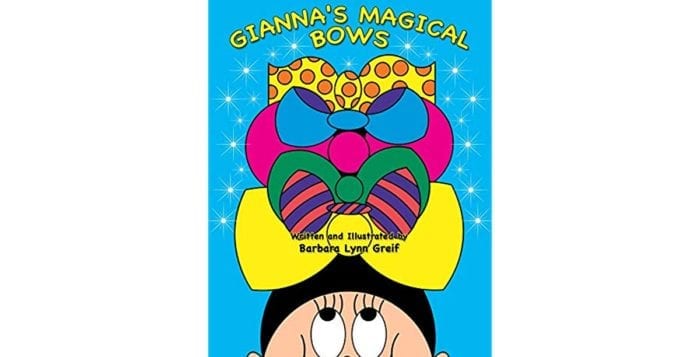
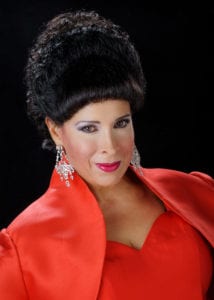
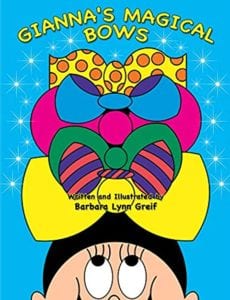 You have a background in fine art. What did you hope to do for a career?
You have a background in fine art. What did you hope to do for a career? 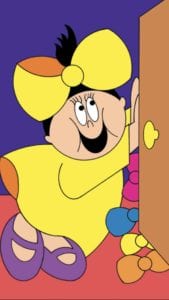 How did writing fit into your life?
How did writing fit into your life? 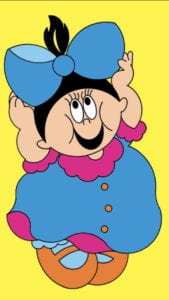 What message do you hope to pass on to the reader?
What message do you hope to pass on to the reader?
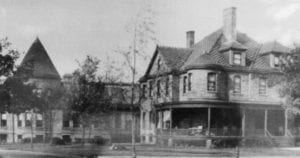
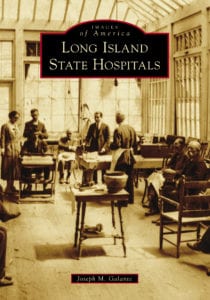 The Kings Park facility even had what they called York Hall, where patients would watch movies, play basketball, perform shows and attend functions. The facility also had its own water tower, railroad station, space for masonry work, independent fire and police force and the Veterans Memorial Hospital, which was a group of 17 buildings used to treat veterans that came home from World War I with mental conditions.
The Kings Park facility even had what they called York Hall, where patients would watch movies, play basketball, perform shows and attend functions. The facility also had its own water tower, railroad station, space for masonry work, independent fire and police force and the Veterans Memorial Hospital, which was a group of 17 buildings used to treat veterans that came home from World War I with mental conditions.
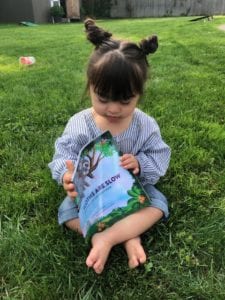
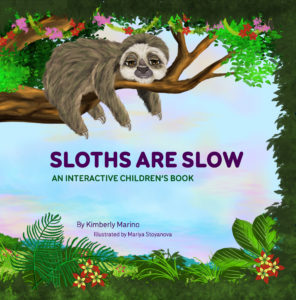

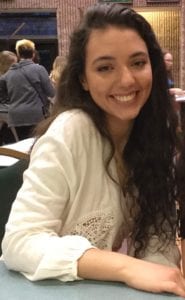
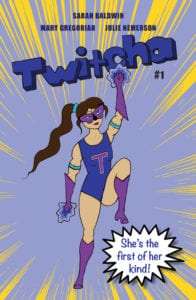 character and a story that would empower other kids with TS,” said Gregorian who is a rising junior at Long Island University–Post. “It’s wonderful that our dream was able to take off into a reality.”
character and a story that would empower other kids with TS,” said Gregorian who is a rising junior at Long Island University–Post. “It’s wonderful that our dream was able to take off into a reality.”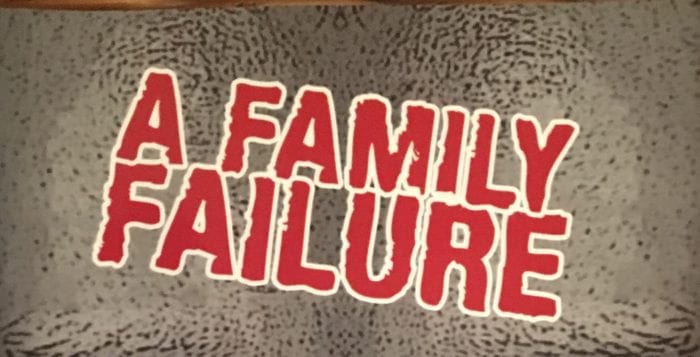
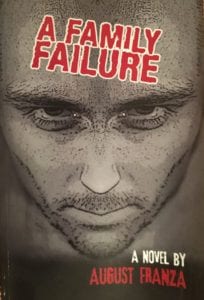
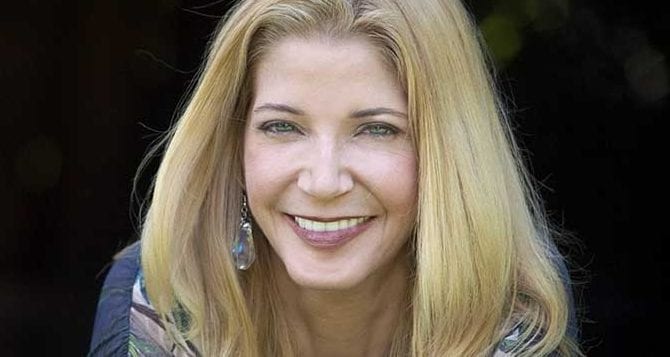
 Author and journalist Candace Bushnell heads to the Cinema Arts Centre, 423 Park Ave., Huntington on Monday, Aug. 12 at 7:30 p.m. for Long Island LitFest. In conversation with author Ellen Meister, Bushnell will discuss her life, the impact of “Sex and the City” and her new novel, “Is There Still Sex in the City?”Tickets are $50 and include a copy of Bushnell’s new book, audience Q&A and book signing reception. Visit www.cinemaartscentre.org to register.
Author and journalist Candace Bushnell heads to the Cinema Arts Centre, 423 Park Ave., Huntington on Monday, Aug. 12 at 7:30 p.m. for Long Island LitFest. In conversation with author Ellen Meister, Bushnell will discuss her life, the impact of “Sex and the City” and her new novel, “Is There Still Sex in the City?”Tickets are $50 and include a copy of Bushnell’s new book, audience Q&A and book signing reception. Visit www.cinemaartscentre.org to register.![Cant Give it Away_cover_v2.3[1]](https://tbrnewsmedia.com/wp-content/uploads/2019/07/Cant-Give-it-Away_cover_v2.31-e1564167504488-700x357.jpg)

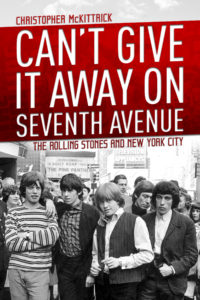 The book picks up with the band when it is first establishing itself. We are treated to the intrigue, the late night clubs, the relationships and marriages, the celebrities (everyone from Andy Warhol to Bill Clinton), hotel destructions and, of course, the drugs. The Rolling Stones are almost a history of the changing drug use and drug culture in the 20th century. Wild parties, addictions, police raids and arrests, stints in rehab and recovery were a never-ending cycle.
The book picks up with the band when it is first establishing itself. We are treated to the intrigue, the late night clubs, the relationships and marriages, the celebrities (everyone from Andy Warhol to Bill Clinton), hotel destructions and, of course, the drugs. The Rolling Stones are almost a history of the changing drug use and drug culture in the 20th century. Wild parties, addictions, police raids and arrests, stints in rehab and recovery were a never-ending cycle. 


